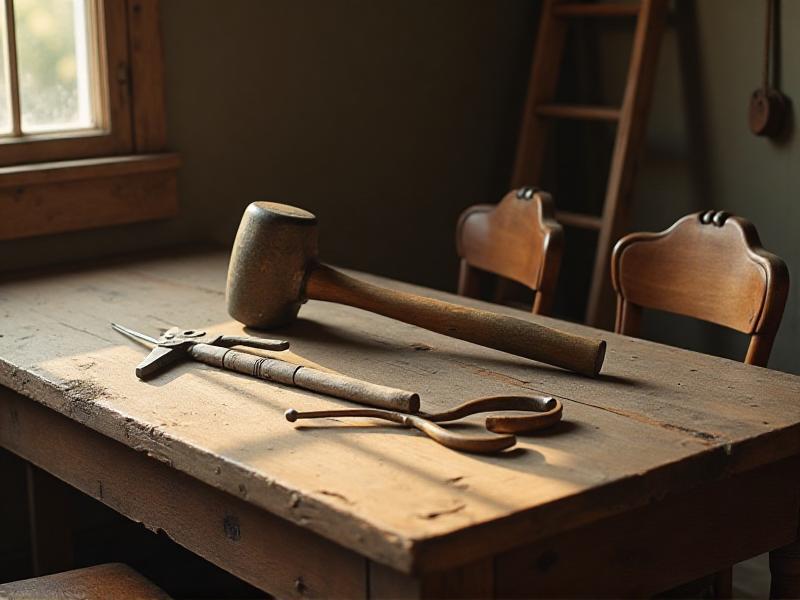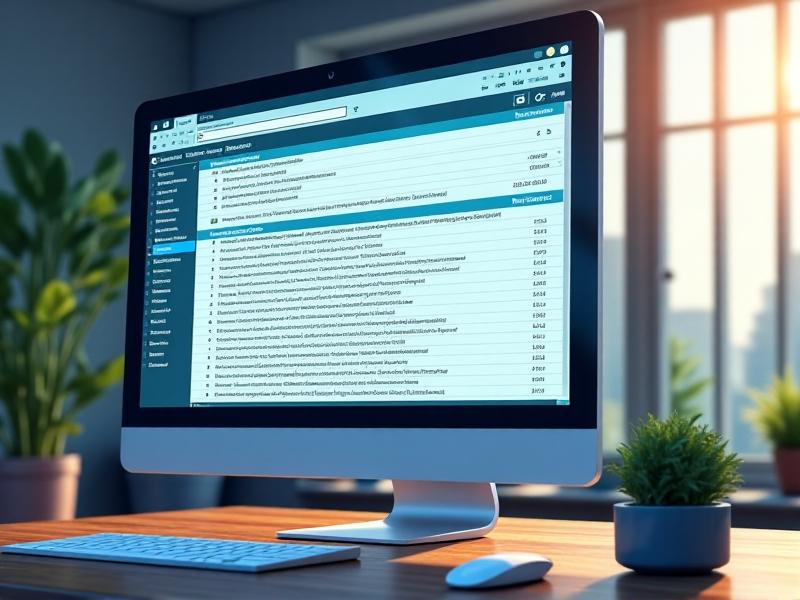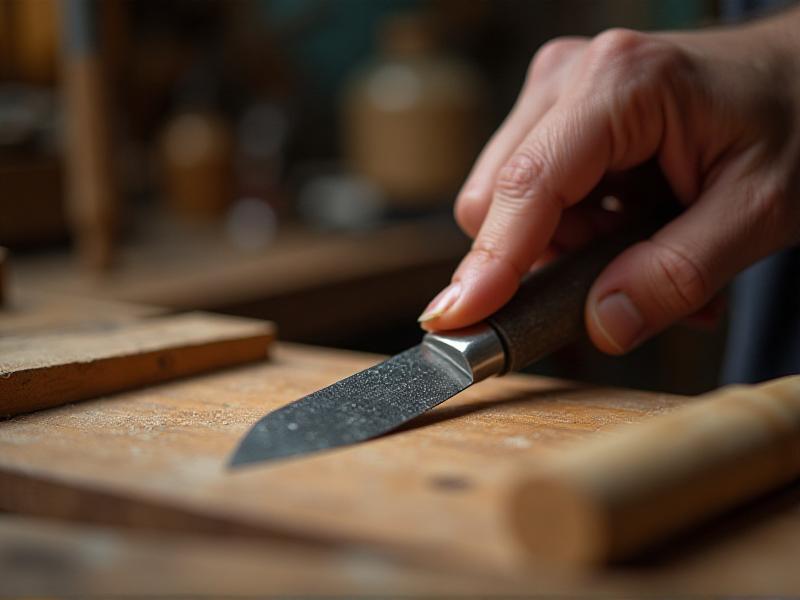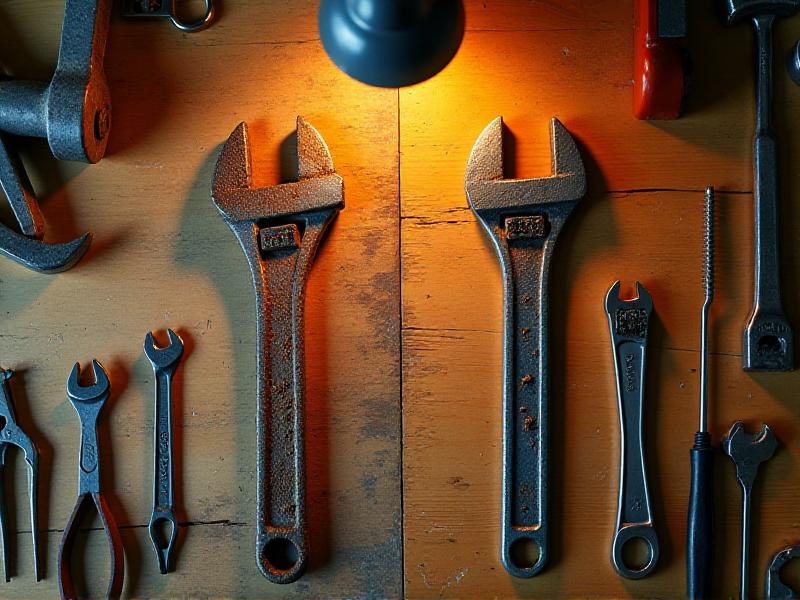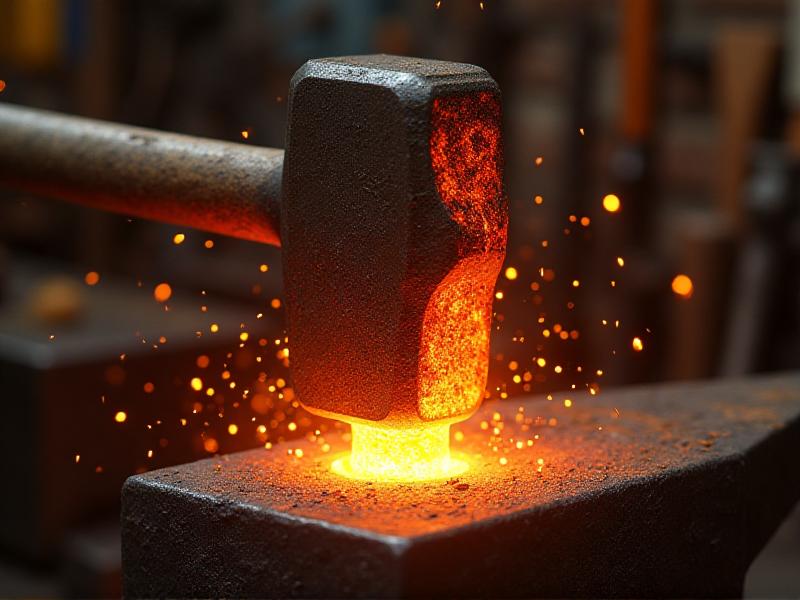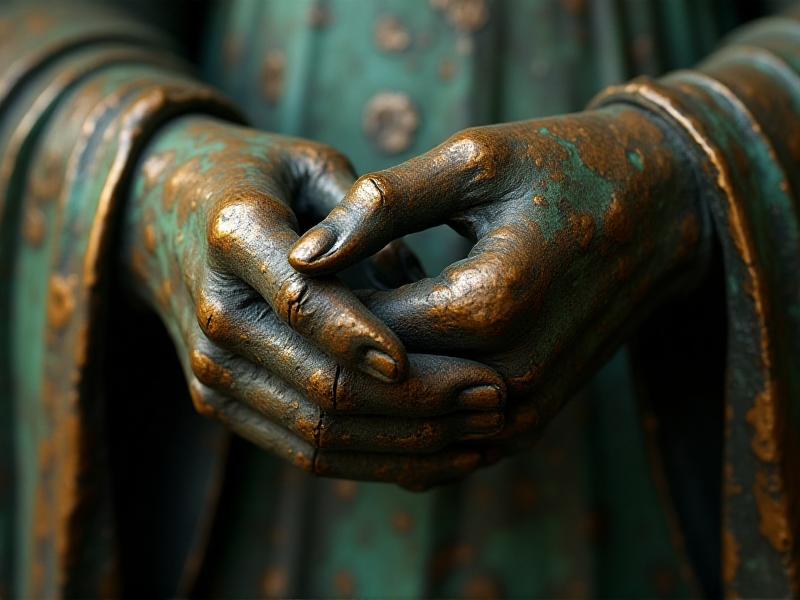Negotiation Tactics with Collector Buyers
Understanding the Mindset of Collector Buyers
When negotiating with collector buyers, it’s essential to understand their mindset. These individuals are often passionate about their collections, whether it’s art, vintage cars, rare coins, or other unique items. Their motivations can range from personal satisfaction to investment potential. Recognizing their emotional and financial drivers can help you tailor your negotiation strategy effectively.
Collector buyers are typically well-informed and have a deep understanding of the market for their chosen items. They may have specific criteria for what they’re looking for, such as rarity, condition, or provenance. This knowledge can make them formidable negotiators, but it also means they value transparency and authenticity. Being upfront about the item’s history and condition can build trust and set a positive tone for the negotiation.
Moreover, collector buyers often view their purchases as long-term investments. They may be willing to pay a premium for items that they believe will appreciate in value over time. Understanding this perspective can help you position your item as a valuable addition to their collection, rather than just another transaction.

Building Rapport and Establishing Trust
Building rapport with collector buyers is crucial for successful negotiations. Start by showing genuine interest in their collection and expertise. Ask open-ended questions about their interests, past acquisitions, and what they’re currently looking for. This not only helps you understand their needs but also demonstrates that you value their knowledge and passion.
Trust is a cornerstone of any negotiation, and with collector buyers, it’s even more critical. Be honest about the item’s condition, history, and any potential issues. Providing detailed documentation, such as certificates of authenticity or provenance, can further establish credibility. Transparency can go a long way in building a lasting relationship, which can be beneficial for future transactions.
Additionally, consider offering a trial period or return policy if applicable. This can alleviate any concerns the buyer may have and show that you stand behind the quality of your item. Remember, collector buyers often have a network of like-minded individuals, and a positive experience can lead to referrals and repeat business.

Mastering the Art of Listening
Effective negotiation with collector buyers requires active listening. Pay close attention to their needs, preferences, and concerns. This not only helps you tailor your pitch but also shows that you respect their input. Listening can also reveal valuable information about their budget, timeline, and decision-making process, which you can use to your advantage.
During the conversation, avoid interrupting or rushing the buyer. Allow them to express their thoughts fully, and take notes if necessary. This can help you address their concerns more effectively and make them feel heard and valued. Active listening can also help you identify any objections they may have, allowing you to address them proactively.
Moreover, listening can help you uncover opportunities for upselling or cross-selling. For example, if the buyer mentions an interest in a particular era or style, you can suggest related items that might complement their collection. This not only enhances the buyer’s experience but also increases the potential value of the transaction.

Leveraging Market Knowledge
Having a deep understanding of the market is essential when negotiating with collector buyers. Stay informed about current trends, pricing, and demand for the items you’re selling. This knowledge can help you set realistic expectations and justify your asking price. It also positions you as an expert, which can increase your credibility in the eyes of the buyer.
Research recent sales of similar items to gauge their market value. This can provide a benchmark for your negotiations and help you make a compelling case for your item’s worth. Be prepared to share this information with the buyer, as it can strengthen your position and demonstrate that your pricing is fair and justified.
Additionally, understanding the broader market can help you anticipate the buyer’s concerns and objections. For example, if the market for a particular item is currently soft, be prepared to explain why your item is still a good investment. Highlighting unique features, rarity, or potential for appreciation can help mitigate any concerns and keep the negotiation on track.
Negotiating Price and Terms
Negotiating price and terms with collector buyers requires a delicate balance. Start by setting a realistic but slightly higher asking price, leaving room for negotiation. This gives you flexibility to adjust the price while still achieving your desired outcome. Be prepared to justify your asking price with solid evidence, such as recent sales data or the item’s unique attributes.
When discussing terms, consider offering flexible payment options, such as installment plans or trade-ins, if applicable. This can make the purchase more accessible to the buyer and increase the likelihood of closing the deal. Be open to creative solutions that meet both parties’ needs, such as partial trades or consignment agreements.
Throughout the negotiation, remain calm and composed. Avoid becoming defensive or aggressive, as this can create tension and hinder progress. Instead, focus on finding common ground and working towards a mutually beneficial agreement. Remember, the goal is to build a positive relationship that can lead to future opportunities.
Closing the Deal and Ensuring Satisfaction
Closing the deal with a collector buyer is just the beginning. Ensure that the buyer is satisfied with their purchase by providing excellent customer service. Follow up after the sale to address any questions or concerns they may have. This not only reinforces their confidence in the transaction but also strengthens your relationship for future business.
Consider offering additional value, such as a certificate of authenticity, a detailed history of the item, or personalized packaging. These small touches can enhance the buyer’s experience and leave a lasting impression. Additionally, ask for feedback on the buying process and use it to improve your future negotiations.
Finally, maintain communication with the buyer even after the sale. Share updates about new acquisitions or market trends that might interest them. This keeps you top of mind and positions you as a trusted resource, increasing the likelihood of repeat business and referrals.
